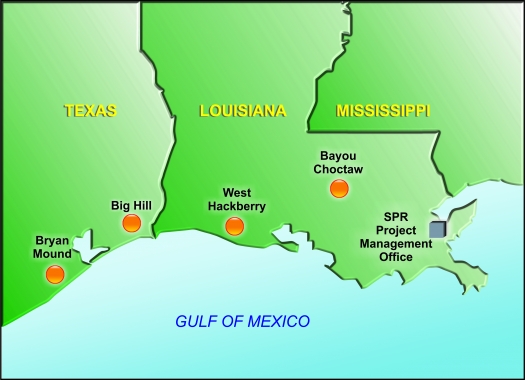The oil bulls are licking their wounds following the $3 sell-off yesterday and are trying to limit a further price cut today, even as the U.S. inventory report yesterday revealed that U.S. commercial oil inventories drew down by 1.2 million bpd last week, the market noted the largest SPR drawdown in months.
Although part of the planned SPR auctions that the U.S. had announced a long time ago — not part of the much discussed possibility of an extraordinary Biden intervention — the unexpected size of the 3.1 million bpd draw rang some bearish bells on trading floors, adding to inflation concerns.
Combined with the 30-year-high jump in U.S. consumer inflation for October, the market is torn between current tightness in crude markets and negative risks to demand from monetary policy, which would likely strengthen the U.S. dollar and negatively affect emerging markets purchasing power for, among other goods, oil.
On top of the known risks, the unknown is apparently also being discussed in Washington — a possible (temporary) ban on U.S. crude oil exports, as a tool to indirectly lower gasoline prices at the pump. While this policy option is in the U.S. government’s tool kit, the tool is in our view unlikely to be put to use because of four key factors.
First, the effect of a possible export ban on gasoline prices may be limited, as gasoline would not be subject to trade bans and prices continue to be set in the international market.
Second, an export ban may cause collateral economic damage on the U.S. oil industry through lower local WTI-based wellhead prices.
Third, U.S. Gulf Coast refiners may suffer economically through increased competition for import barrels.
Lastly, the signal effect of protectionism from a crude export ban may backfire as other oil exporters may choose similar action. Increasing prices in the market for tradable barrels, would again increase the price of gasoline, rather than lower it.
The debate about whether inflationary pressures from the post-Covid supply chain constraints and the energy crunch are transitory is raging in the market.
Forecasts on how the Fed will react in the coming weeks will continue to drive crude prices onwards. We also believe the likelihood of an unplanned unilateral U.S. SPR release has shrunk, while we wouldn’t rule out a coordinated strategic reserve release by IEA members instead.
The market knows that the effect on price will anyway be transitory by such a release of government stocks, which at a later stage may need to be replenished.
The urgency from a supply-demand outlook perspective to release emergency stocks is overblown in our view, as the oil market looks set to rebalance towards a surplus from February. This likely will provide the Biden administration with its sought after reprieve on gasoline prices through market forces rather than intervention.
Bjornar Tonhaugen is the head of oil markets for Rystad Energy.




